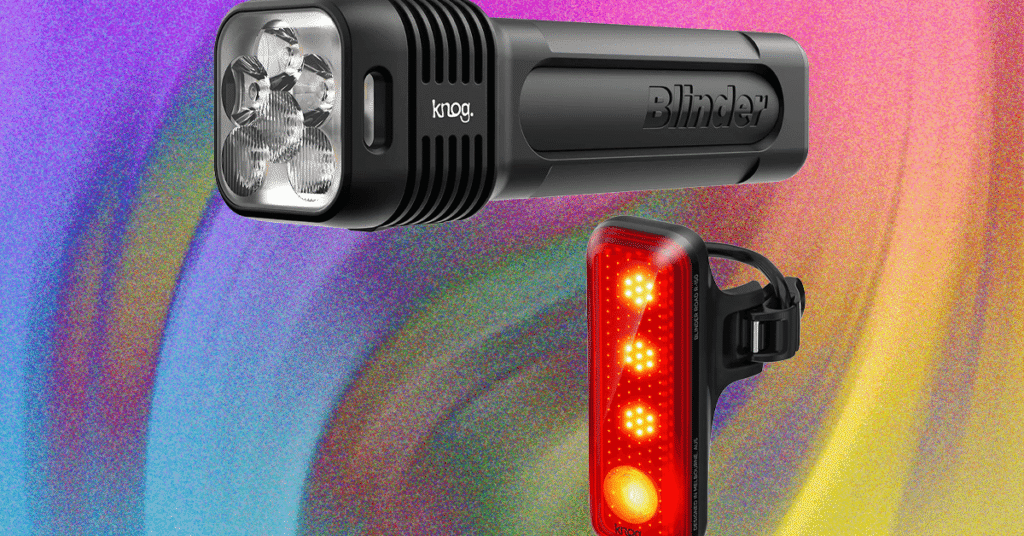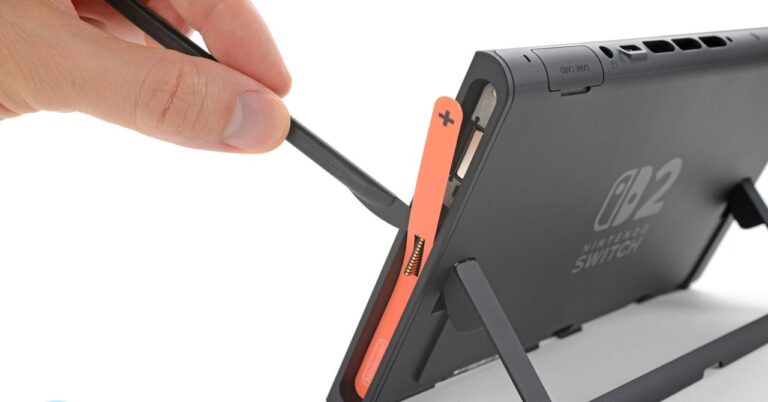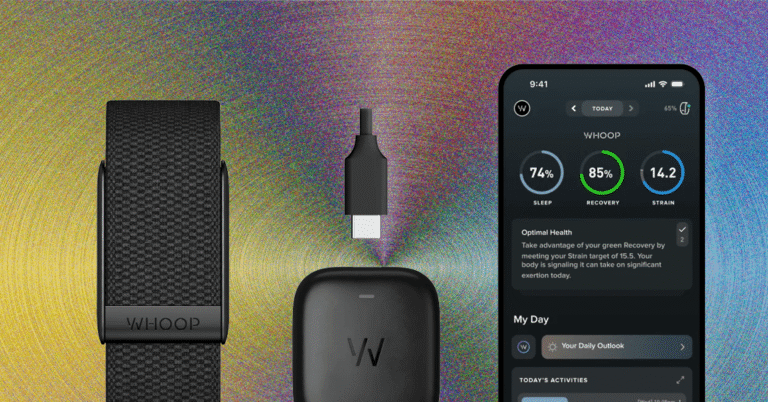
Size: If you’re a commuter, you’ll want to remove lights for safekeeping. Look for the most compact designs that fit easily in a pocket or bag. Thanks to LED bulb technology, you can find impressively bright, pocketable lights. Sizes and weights here are listed without the mounting brackets (unless they’re integral) because their size and weight in your bag is arguably more important than adding a couple of ounces to your bike (unless you’re a pro tour rider).
Mounting style: Where and how you attach your bike lights matters. Handlebar mounts are great for lighting the road ahead, and look for downward-angled designs that will illuminate the road for enhanced visibility. Helmet-mounted lights move with your line of sight, which is ideal for trail riding. Rear lights should mount securely to your seat post or bag. and Look for tool-free, quick-release mounts for easy on/off, and rubber straps for easy swapping to another bike frame. Some models also offer clip-on versatility for backpacks or clothing, giving you more ways to stay visible.
Charging: Unless you’re planning epic, all-night rides, brightness is more important than battery life. Everything tested here is charged either via USB-A or USB-C. We steered clear of cheap designs that require disposable batteries, since those die quickly.
Battery life: How long a battery lasts depends on the mode you choose. Battery life can range from 2 to 30-plus hours. The brighter your light, the faster the battery will drain, and having a solid beam also uses more juice than a flashing light. On the road or trail, the brighter the better, but if your battery is running low then you can typically dial it down to eke out the battery life.
Check your local legislation: While most states require some sort of lights in low visibility, the laws on which type of lights are legal—the range, lumens, whether it can flash or not—will vary depending on the state. If you’re nervous, check your local state legislation here.






